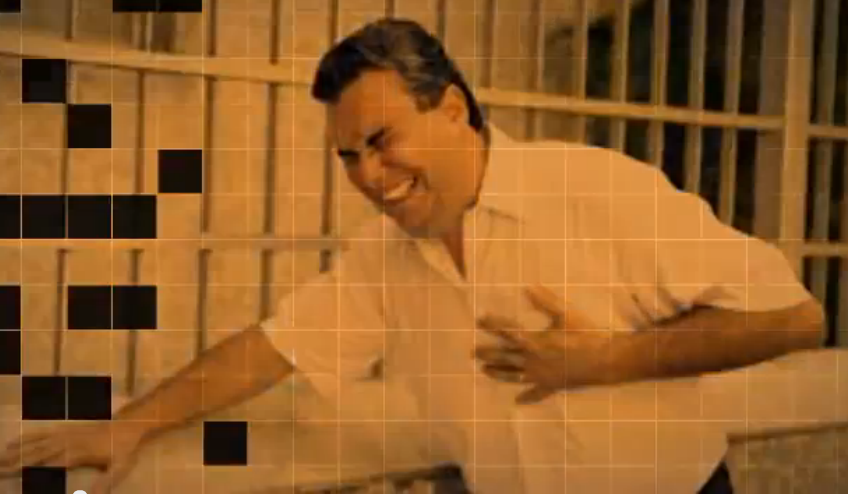Pleuritic chest pain is a distinct painful sensation on the chest region experienced by a person with pleurisy. It is actually the most prominent symptom of pleurisy or pleuritis and is characterized by pain on the chest during breathing. This aching feeling may present itself as either dull or sharp which gets worse when making deep breaths. Pleuritic chest pain is brought about by the inflammation of the pleura that surround the lungs. This condition can be addressed by treating the underlying cause of the swelling.
What is the pleura?
The pleura is a special double membrane consisting of the tissues on the inner side of the chest wall and the outer covering of the lungs. It allows the lungs to glide smoothly against the chest wall during breathing. Normally, the pleura serves as a smooth cushion for the lungs, permitting it to contract and expand during breathing without meeting any resistance from the chest wall.
What is Pleurisy?
Pleurisy, also referred to as pleuritis, is the cause of pleuritic chest pain. It is a condition that arises when the pleura becomes irritated or inflamed. There are a number of reasons for the pleura to become inflamed. This could happen if there is an infection, respiratory problem, injury or a disease that could affect the pleura.
What causes Pleurisy?
Various factors can bring forth pleurisy. The most common reason being viral infection, like the influenza or flu. Infection can result in swelling in some parts of the pleura which will result to intense pleuritic chest pain. The good news is, as in most cases of viral infection, the swelling will dissipate on its own as the body gets rid of the infection.
The other factors that could lead to pleuritis may not be as common or as benign as a viral infection. These include:
- infections caused by fungi, bacteria or parasites
- pneumonia
- tuberculosis
- pulmonary embolism
- trauma or injury to chest
- post heart surgery
- lupus
- certain forms of cancers
- rheumatoid arthritis
- some gastrointestinal diseases
- reaction to certain drugs, like penicillin and methotrexate
Some cases of pleurisy do not have a definitive underlying cause and are said to be idiopathic.

What are the symptoms of Pleurisy?
When the pleural membranes are inflamed, they are no longer the satin-smooth layers that separate the lungs from the chest wall. Instead, they act like two sheets of sand paper rubbing against each other every time the lungs contract and relax, resulting in a stabbing, painful sensation when inhaling or exhaling. This pain aggravates when moving, sneezing or coughing.
Aside from intense pleuritic chest pain, pleuritis may also manifest other symptoms, depending on the root cause. These may include:
- Pain that may radiate to the neck and shoulders
- Dry cough
- Productive cough (may even come up with blood)
- Breathing difficulties or shortness of breath
- Fever
- Chills
- Cyanosis
- Tachypnea
- Poor appetite
How is Pleurisy diagnosed?
When a person experiences any of the signs and symptoms of pleurisy, he or she must see a doctor to find out if indeed it is pleuritis. This is necessary so that the underlying cause can be determined and treated appropriately.
Pleuritic chest pain can be confirmed by the doctor through any or a combination of the following means:
- Physical exam and assessment of your medical history and symptoms
The doctor could listen through a stethoscope if there is a sound coming from the chest created by the swollen pleural layers rubbing against each other.
- Blood tests
A blood test is valuable in confirming if indeed you have an infection and determining what kind it is. If needed, the doctor may also order for blood work to find out about lupus, rheumatoid arthritis and other autoimmune diseases that might manifest pleurisy.
- Imaging scans
Ultrasound, X-ray, MRI or CT scan can positively verify if you have pleuritis and could likewise determine the underlying cause.
- Diagnostic procedures
The doctor may also require that you undergo some diagnostic procedures depending on the suspected cause of the pleurisy. These procedures are pleural biopsy, thoracentesis and thorascopy.
How is Pleurisy treated?
Pleuritic chest pain can be treated once the root cause of the pleurisy is correctly addressed. If the cause is a viral infection, there is not much that can be done except to take pain relievers to help alleviate the pain and swelling while waiting for the infection to resolve itself. On the other hand, if the cause of pleural inflammation is confirmed to be more serious than a viral infection, it should be treated accordingly. For instance, if the cause is bacterial infection, antibiotics are needed. In addition, if there is fluid accumulation in the lungs, this has to be drained. Consequently, the outlook for patients suffering from pleuritic chest pain greatly depends on the root cause.
